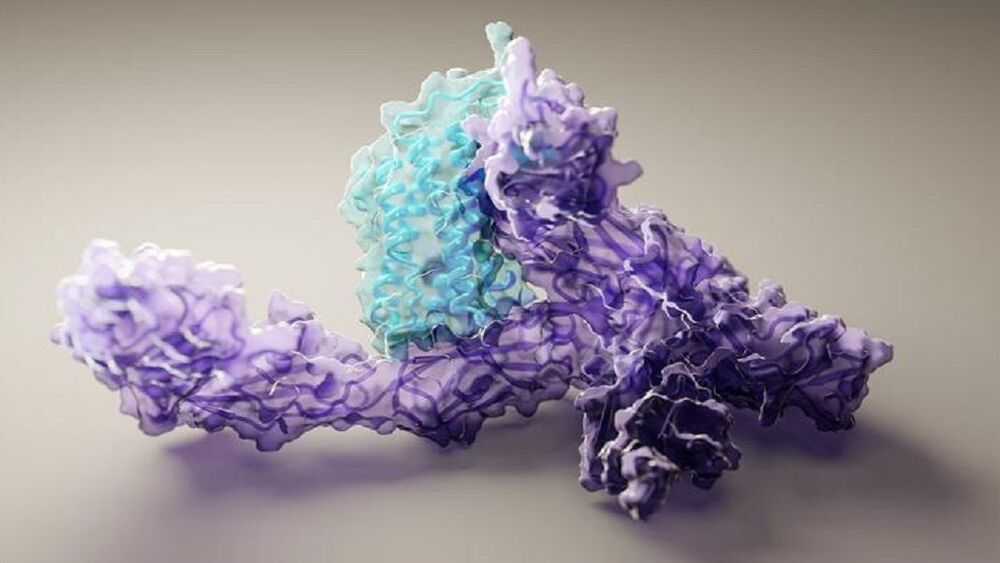Researchers from Tokyo Metropolitan University have developed a new technology which allows non-contact manipulation of small objects using sound waves. They used a hemispherical array of ultrasound transducers to generate a 3D acoustic field that stably trapped and lifted a small polystyrene ball from a reflective surface. Their technique employs a method similar to laser trapping in biology, but adaptable to a wider range of particle sizes and materials.
The ability to move objects without touching them might sound like magic, but in the world of biology and chemistry, technology known as optical trapping has been helping scientists use light to move microscopic objects around for many years. In fact, half of the 2018 Nobel Prize for Physics, awarded to Arthur Ashkin (1922–2020) was in recognition of the remarkable achievements of this technology. But the use of laser light is not without its failings, particularly the limits placed on the properties of the objects which can be moved.
Enter acoustic trapping, an alternative that uses sound instead of optical waves. Sound waves may be applied to a wider range of object sizes and materials, and successful manipulation is now possible for millimeter-sized particles. Though they haven’t been around for as long as their optical counterparts, acoustic levitation and manipulation show exceptional promise for both lab settings and beyond. But the technical challenges that need to be surmounted are considerable. In particular, it is not easy to individually and accurately control vast arrays of ultrasound transducers in real time, or to get the right sound fields to lift objects far from the transducers themselves, particularly near surfaces that reflect sound.






